Complex systems exhibit highly nonlinear macroscopic behavior resulting from the structure of interactions among the many microscopic entities that compose them. These systems often exhibit long-range temporal and/or spatial statistical correlations. In the statistical characterization of these systems it is essential to study the type and structure of the interactions. In particular, in many complex systems these structures do not have the symmetries of the regular networks that are prevalent in physics but present different types of disorder and/or topologies, reason for which they are called complex networks. Even though complex systems and networks represent relatively new objects of study, the standard techniques of statistical physics have been successfully adapted to study these new objects both in their structure and dynamics, i.e. the theoretical tool par excellence for their study is statistical physics; both from the conceptual and methodological point of view. Systems that are defined as complex are extremely diverse and come from different areas of science and in most cases require the collection and analysis of large volumes of data .
|
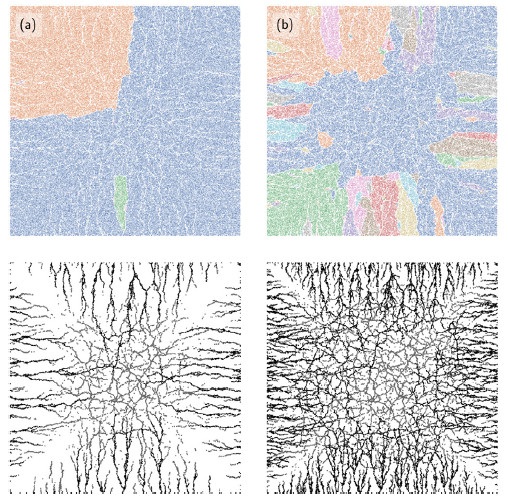
Percolation process in a two-dimensional random network (Delaunay triangulation) due to a centrality-based attack by betweenness. [Almeira et al. Chaos, Solitons and Fractals 153 (2021) 111529]. 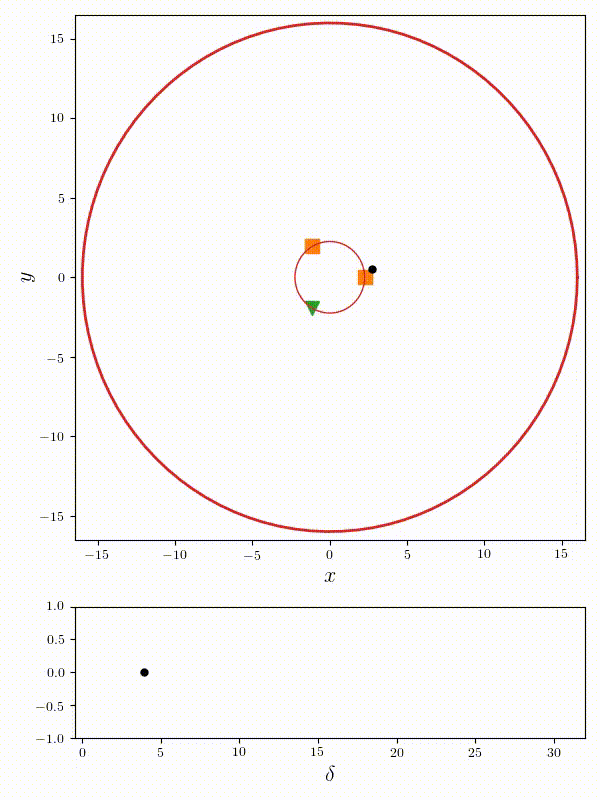
Stochastic model for describing ball possession time in soccer matches. [Chacoma et al. Physical Review E, 102, 042120, (2020)]. |
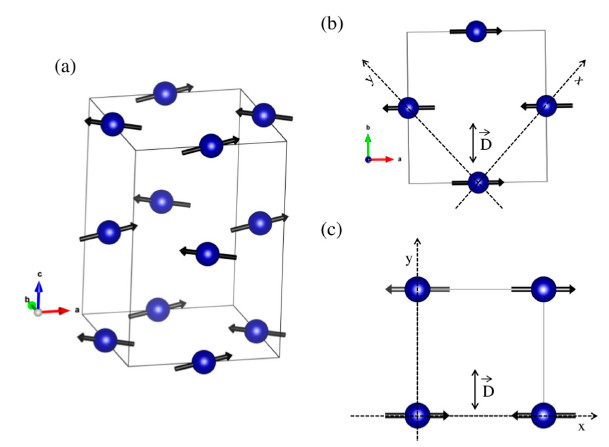
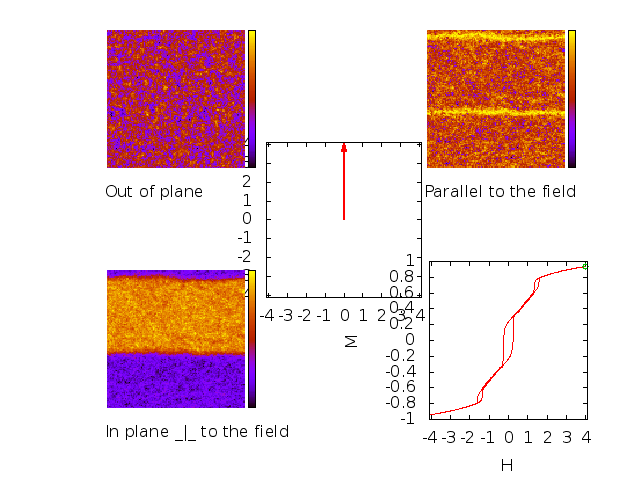
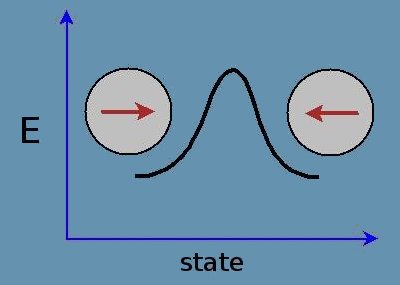
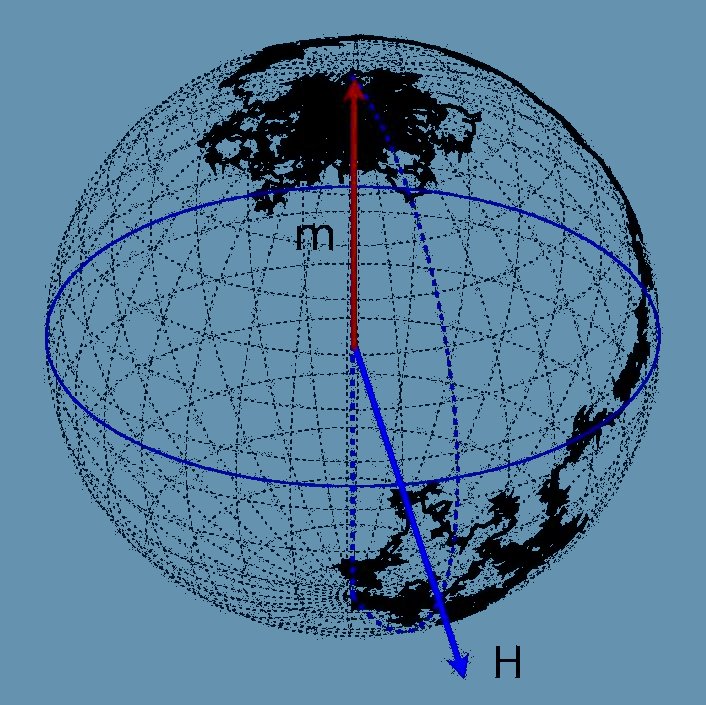
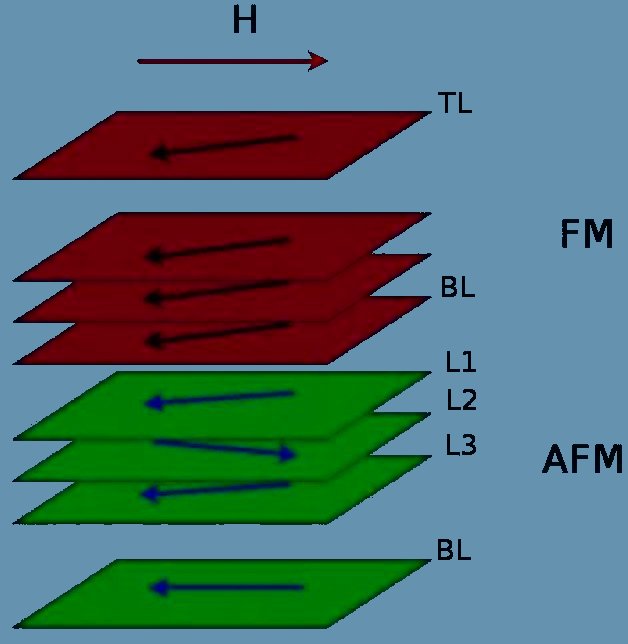
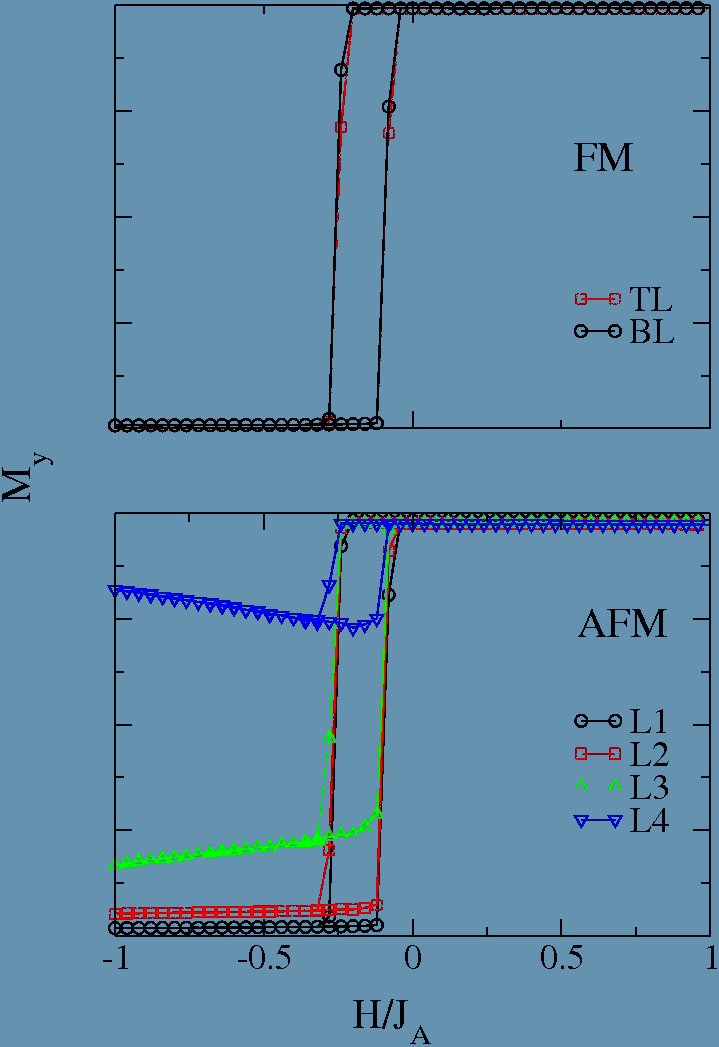
 Schematic drawing showing the orientation of atomic spins in an amorphous ferromagnetic material.
Schematic drawing showing the orientation of atomic spins in an amorphous ferromagnetic material.